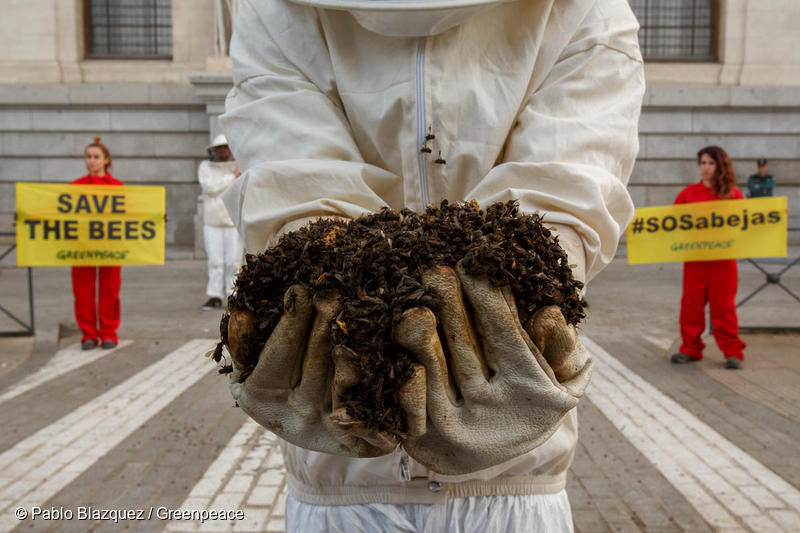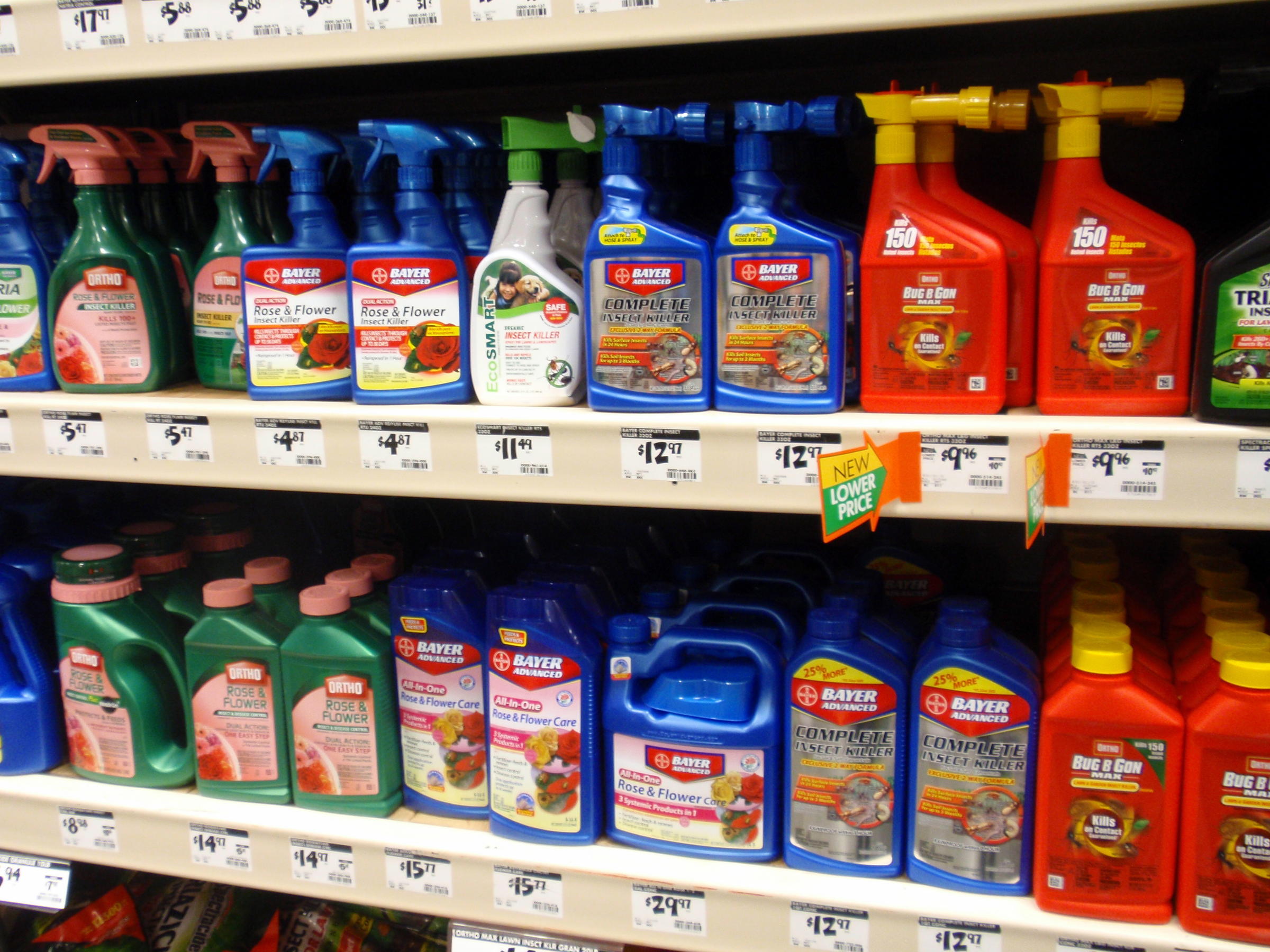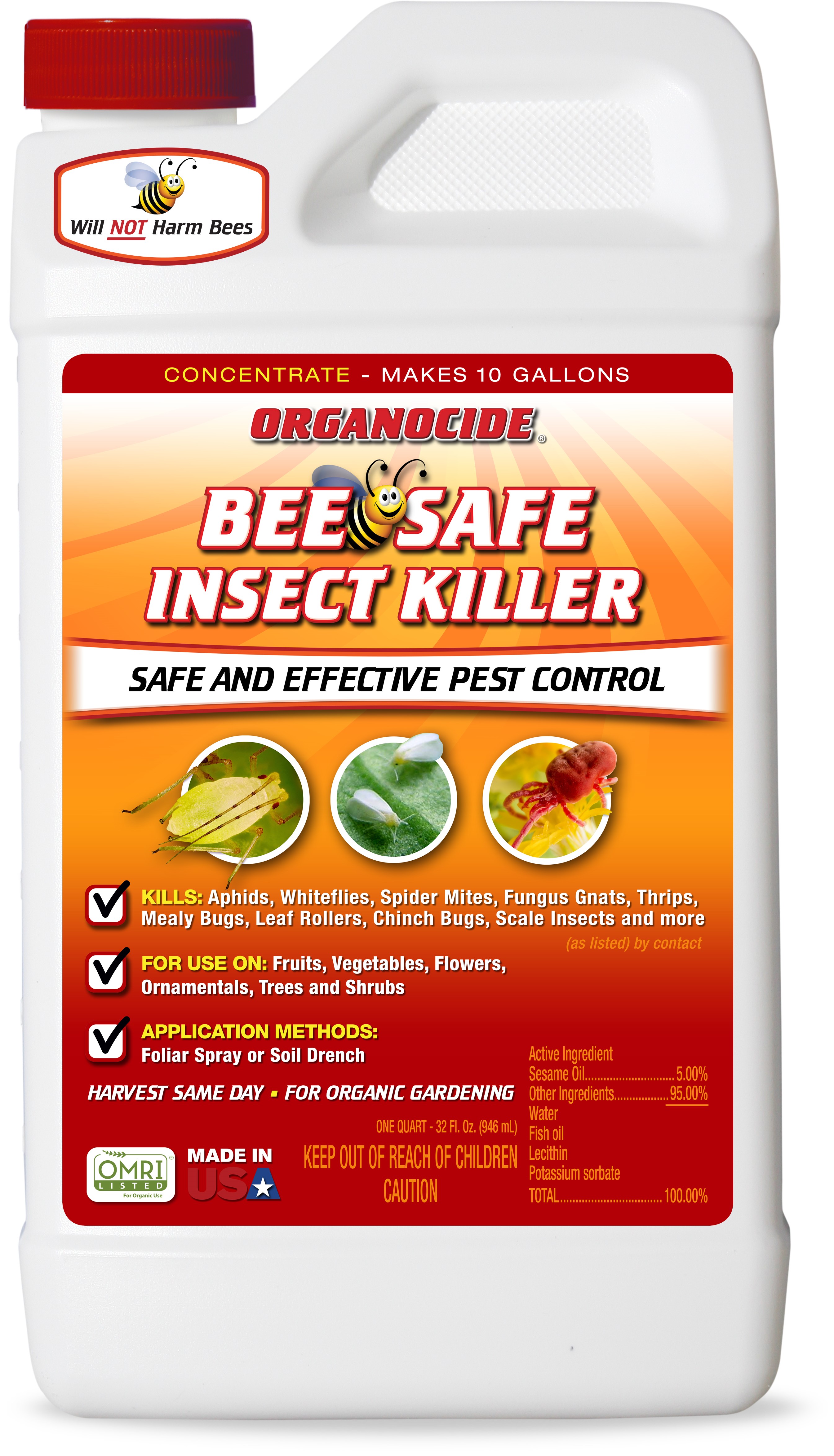

It has contributed to this toxic landscape across the country.” “These seeds are marketed so well to farmers that they become scared they will have a catastrophic outbreak of pests if they don’t use them, even though this is unlikely. “These insecticides are not helping the productivity of crops on fields – it seems an amazing effort to blanket all these acres with something that doesn’t have a return on investment,” said John Tooker, an entomologist at Penn State University. Neonicotinoids also harm birds, studies have shown, while their benefits are questionable, with crop yields in many cases not improved by the indiscriminate use of the chemicals. Researchers have found that the cognitive functions of bees are scrambled by the chemicals, making them unable to find their way to their hives, while affected beetles stagger around as if drunk. Only a small fraction of the insecticide stays within the growing plant, however, instead seeping into pollen, water and soils where insects are exposed to it. The chemicals are sprayed directly on to fruit and vegetables but are most commonly found embedded in the coating of corn and soybean seeds sold by companies such as Bayer and Syngenta to farmers.

The use of neonicotinoids, hailed by industry as a key to bumper crop yields, has exploded since the 1990s. “The differences in the details of our underlying laws can naturally lead to different regulatory conclusions.” “While the agency reviews the regulatory efforts of the EU, EPA also looks at regulation in countries such as Australia, Canada, Japan, New Zealand, and others that share our risk-based approach to regulation,” said the spokeswoman.

Three maps showing the increased rate of neonicotinoid pesticide use from 1994 to 2004 to 2014.Īn outright ban, similar to the EU, appears unlikely for the US, however. “We understand the importance of pollinators for healthy ecosystems and a sustainable food supply,” she said, adding that the EPA “is working aggressively to protect pollinators, including bees”. We really are at a crossroads – we can follow the science and the rest of the world or we can go out on our own and appease the chemical industry.”Īn EPA spokeswoman said that review decisions for the neonicotinoids will be issued in “late 2022” and that mitigation rules for their use are being considered. “It’s frustrating to see the EPA go down this path. “We are already seeing crashes in insect numbers and we don’t have another 15 years to waste,” said Nathan Donley, environmental health science director at the Center for Biological Diversity. The chemicals are water soluble and quickly leach out of plants into soils and streams, causing such harmful impacts to wildlife that Canada has restricted their use while the EU has banned the outdoor deployment of clothianidin, imidacloprid and thiamethoxam.īut while states such as Connecticut and New Jersey have enacted some curbs on neonicotinoids, the US federal government is set to bend to pressure from farming groups and pesticide makers to perpetuate their use nationally. Neonicotinoids are used across 150m acres of American cropland, an area roughly the size of Texas, and have contributed to the land becoming 48 times more toxic than it was a quarter of a century ago. The chemicals assault receptors in an insect’s nerve synapse, causing uncontrollable shaking, paralysis and death. These four insecticides are all types of neonicotinoids, a class of chemicals that is widely used on crops to treat them for pests but has been found to cause devastation among non-target insects, such as bees.

The EPA is widely expected to confirm a proposed plan outlined last year that will extend the use of imidacloprid, thiamethoxam, clothianidin and dinotefuran on US farmland for the next 15 years, even though the agency has noted “ecological risks of concern, particularly to pollinators and aquatic invertebrates”.


 0 kommentar(er)
0 kommentar(er)
